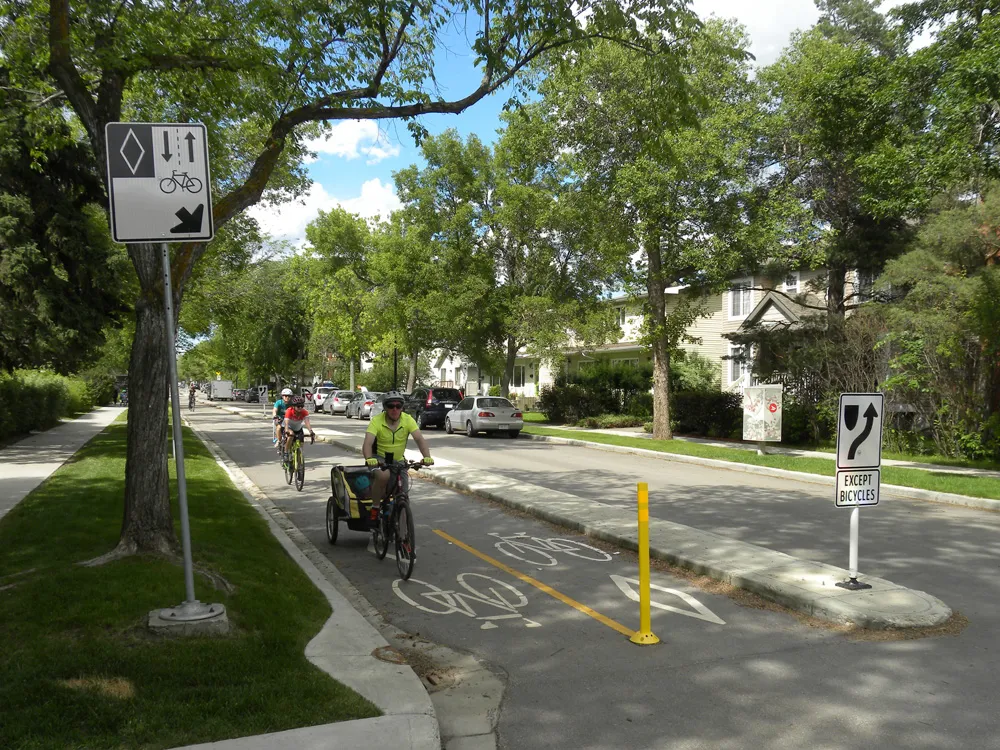The UK’s drivers need help to better understand Smart Motorways, Red X signs and breakdown procedures, according to research by Transport Focus, an independent transport user watchdog. Its research showed that safety is not at the forefront of drivers’ minds and few know what to do in the event of a breakdown.
September 28, 2017
Read time: 1 min
The UK’s drivers need help to better understand 5062 Smart Motorways, Red X signs and breakdown procedures, according to research by Transport Focus, an independent transport user watchdog. Its research showed that safety is not at the forefront of drivers’ minds and few know what to do in the event of a breakdown.
The organisation has called on










